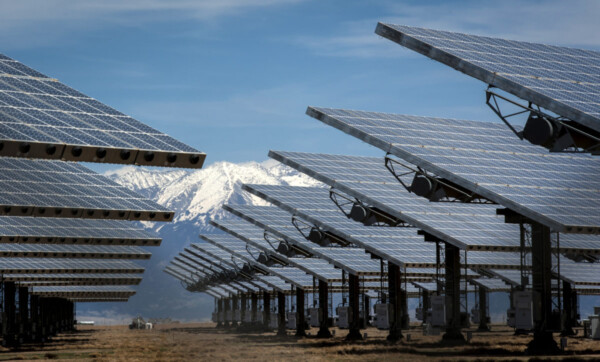How will PV industry develop under Energy Crisis
As we head into the final quarter of 2021, a global energy crisis is sending shockwaves through economics and industry sectors around the world.
In China, rolling blackouts for residents have already begun, while in India power stations are scrambling for coal. Power prices have risen to records in recent weeks, driven by energy shortages in Asia, Europe and the United States. European gas prices are at record levels, pushing wholesale electricity prices up 200% in the first nine months of this year. The UK, one of the hardest hit countries because of dwindling North Sea supplies and limited gas storage, is considering lending money to energy-intensive industries to help them pay their power bills.

Energy is vital to almost every aspect of modern life. From keeping the wheels of industry turning to powering the internet, heating and lighting people’s homes, to keeping transport moving, so much of what we rely on is energy-dependent. Based on national conditions and differences in resources, all countries are adjusting their energy structure in accordance with local conditions and actively seeking new paths for energy transition.
As a green and low-carbon energy, clean energy is of great significance to improving the energy structure, protecting the ecological environment, and achieving sustainable economic and social development. As the cleanest and most abundant renewable energy source available, solar power is energy from the sun that is converted into thermal or electrical energy. Photovoltaics is one of the ways to harness solar energy. Photovoltaics generate electricity directly from sunlight via an electronic process and can be used to power anything from small electronics such as calculators and road signs up to homes and large commercial businesses.
At the early stage of PV development, technical limitations, high input costs and low photoelectric conversion efficiency resulted in the high cost of electricity per kilowatt-hour and limited development. In the past ten years, due to the development of large size silicon wafers, cell technology updates, cutting technology progress, photovoltaic products production costs continued to decline and photoelectric conversion efficiency has increased significantly. Therefore, the cost of electricity per kilowatt-hour has dropped significantly and photovoltaic industry is getting into the "fair price era".
In the past, the main factor limiting promotion of photovoltaic power generation was the high cost of electricity per kilowatt-hour. With the development of photovoltaic power generation technology, the cost of electricity per kilowatt-hour reduced from 2.47 yuan in 2010 to 0.37 yuan in 2020. The cost constraints gradually disappear.
The declining cost of electricity per kilowatt-hour, unique comprehensive advantages, and favorable global energy policy accelerated the development of photovoltaic industry. The photovoltaic power generation and penetration rate have increased rapidly in the past ten years, and the installed capacity has increased year by year.
From the perspective of total amount, the proportion of global photovoltaic power generation in total power generation has increased from 1% in 2013 to 3% in 2019, and new photovoltaic installations have increased by more than three times between 2010 and 2020. As for China, its photovoltaic power generation capacity has achieved a rapid development in 2010-2020. New photovoltaic installations increased by nearly 20 times during the period from 2010 to 2020. With the continuous decline in the price and cost of photovoltaics, the demand for photovoltaic installations is expected to grow quickly in the future.
Photovoltaic is safe, eco-friendly, and has the feature of high energy density. From the perspective of cost, safety, ecological impact, power generation efficiency and other factors, photovoltaics has more comparative advantage compared to hydropower, nuclear power and other non-fossil energy. It is clear that photovoltaics will become the backbone force of clean energy development in the future. Photovoltaic industry is expected to achieve rapid development in the next few years.

































































